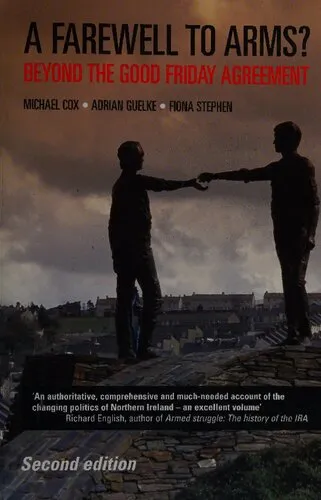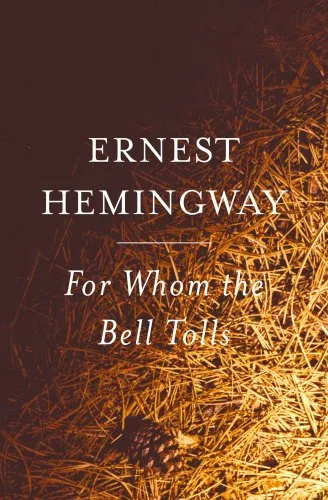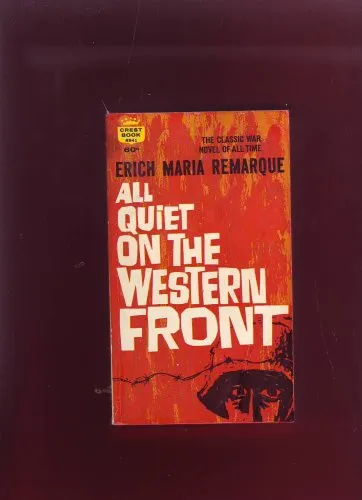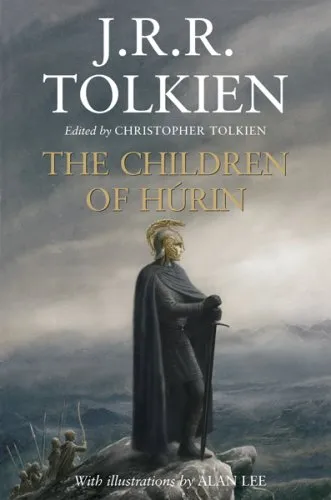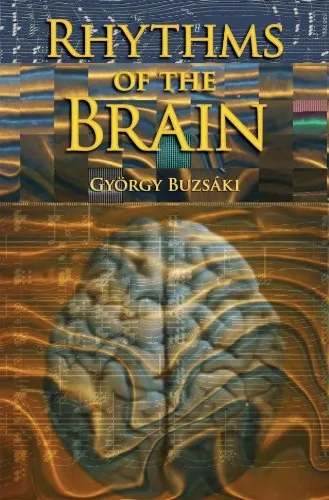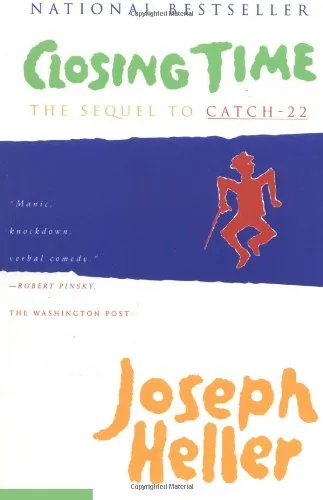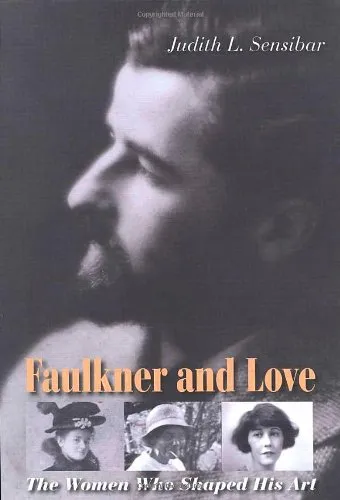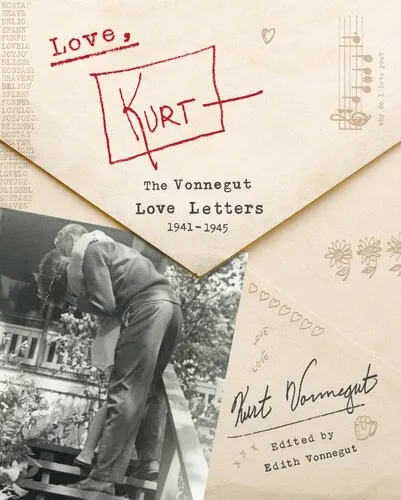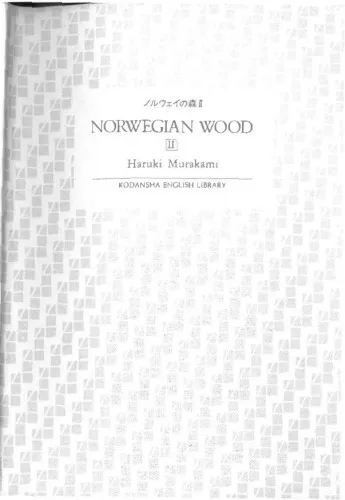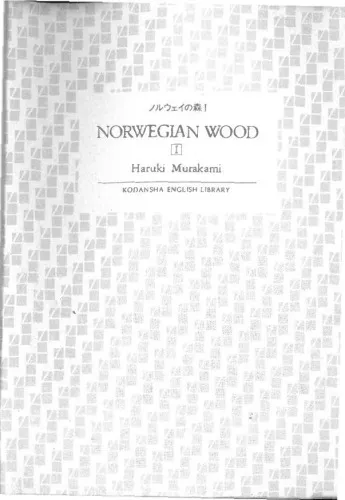A Farewell to Arms?: Beyond the Good Friday Agreement
4.3
Reviews from our users

You Can Ask your questions from this book's AI after Login
Each download or ask from book AI costs 2 points. To earn more free points, please visit the Points Guide Page and complete some valuable actions.Related Refrences:
Introduction to 'A Farewell to Arms'
Published in 1929, 'A Farewell to Arms' by Ernest Hemingway is a poignant exploration of love and war, set against the backdrop of World War I. This novel delves into the complexities of human emotion during times of conflict, blending the brutality of war with a deep, personal romance. Hemingway's sparse, economical writing style captures the raw emotion and chaos of the times, cementing the novel as a classic in American literature. It stands as a testament to Hemingway's profound insight into human nature and the consequences of war.
Detailed Summary of the Book
The story is narrated by Lieutenant Frederic Henry, an American serving as an ambulance driver in the Italian army. Frederic's life changes dramatically when he meets Catherine Barkley, a British nurse. Their relationship begins during a time of respite from the war, as both seek solace from the turmoil that surrounds them. Their love story, however, is fraught with challenges. Catherine becomes pregnant, and the opportunity for a peaceful life seems tantalizingly possible.
As the war continues, Frederic undergoes a significant shift in perspective. Initially detached, he becomes increasingly disillusioned by the horrors and futility of conflict. Desperation leads him to make the decision to desert the army and escape with Catherine to Switzerland, where they hope to find peace and safety. Unfortunately, the story's resolution is anything but happy. Catherine dies during childbirth, leaving Frederic to grapple with his profound loss.
Key Takeaways
- The Futility of War: The novel is an unflinching portrayal of the senselessness and destruction of war, offering a critique of its glorification.
- Love as a Refuge: Amidst chaos, Hemingway depicts love as a sanctuary, albeit temporary, from the horrors of life.
- Individual versus Circumstances: The story illustrates the struggle between personal desires and the overwhelming force of external realities.
Famous Quotes from the Book
"The world breaks everyone, and afterward, many are strong at the broken places."
"There is nothing worse than war."
"I knew I did not love Catherine Barkley nor had any idea of loving her. This was a game, like bridge, in which you said things instead of playing cards."
Why This Book Matters
Hemingway's 'A Farewell to Arms' holds a significant place in literature for its candid look at the destruction wrought by war and its impact on individuals. During a time when narratives often romanticized war, Hemingway shattered illusions with his stark depiction. The authenticity of his characters resonates deeply with readers, offering a timeless reflection on love, loss, and the human condition.
Moreover, the novel's structure and prose are often lauded as a prime example of Hemingway's literary prowess. His 'iceberg theory' of writing is on full display, with much of the story's emotional depth lying beneath the surface of the text. As such, 'A Farewell to Arms' not only offers a gripping narrative but also challenges readers to engage with its subtext, making it an enduring work worthy of study and reflection.
Free Direct Download
You Can Download this book after Login
Accessing books through legal platforms and public libraries not only supports the rights of authors and publishers but also contributes to the sustainability of reading culture. Before downloading, please take a moment to consider these options.
Find this book on other platforms:
WorldCat helps you find books in libraries worldwide.
See ratings, reviews, and discussions on Goodreads.
Find and buy rare or used books on AbeBooks.
1388
بازدید4.3
امتیاز0
نظر98%
رضایتReviews:
4.3
Based on 0 users review
Questions & Answers
Ask questions about this book or help others by answering
No questions yet. Be the first to ask!
